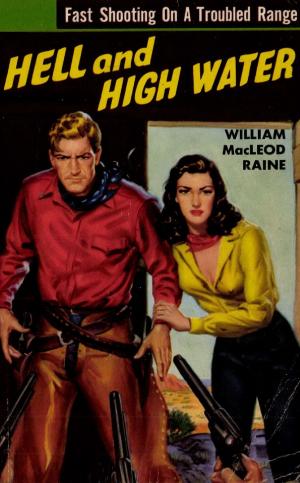| Author: | Jankiel Wiernik | ISBN: | 9781786251664 |
| Publisher: | Normanby Press | Publication: | November 6, 2015 |
| Imprint: | Normanby Press | Language: | English |
| Author: | Jankiel Wiernik |
| ISBN: | 9781786251664 |
| Publisher: | Normanby Press |
| Publication: | November 6, 2015 |
| Imprint: | Normanby Press |
| Language: | English |
An Inmate Who Escaped Tells The Day-To-Day Facts Of One Year Of His Torturous Experiences.
Jankiel Wiernik was a Jewish property manager in Warsaw when the Nazis invaded Poland and was forced into the ghetto in 1940. Despite surviving the horrors of the ghetto at the advanced age of 52, he was sent to a fate worse than death at the notorious death camp at Treblinka, which he immortalized in his memoirs.
“On his arrival at Treblinka aboard the Holocaust train from Warsaw, Wiernik was selected to work rather than be immediately killed. Wiernik’s first job with the Sonderkommando required him to drag corpses from the gas chambers to mass graves. Wienik was traumatized by his experiences. He later wrote in his book: “It often happened that an arm or a leg fell off when we tied straps around them in order to drag the bodies away.” He remembered the horrors of the enormous pyres, where “10,000 to 12,000 corpses were cremated at one time.” He wrote: “The bodies of women were used for kindling” while Germans “toasted the scene with brandy and with the choicest liqueurs, ate, caroused and had a great time warming themselves by the fire.” Wiernik described small children awaiting so long in the cold for their turn in the gas chambers that “their feet froze and stuck to the icy ground” and noted one guard who would “frequently snatch a child from the woman’s arms and either tear the child in half or grab it by the legs, smash its head against a wall and throw the body away.” At other times “children were snatched from their mothers’ arms and tossed into the flames alive.”
“Wiernik escaped Treblinka during the revolt of the prisoners on “a sizzling hot day” of August 2, 1943. A shot fired into the air signalled that the revolt was on. Wiernik wrote that he “grabbed some guns” and, after spotting an opportunity to make a break for the woods, an axe...”
An Inmate Who Escaped Tells The Day-To-Day Facts Of One Year Of His Torturous Experiences.
Jankiel Wiernik was a Jewish property manager in Warsaw when the Nazis invaded Poland and was forced into the ghetto in 1940. Despite surviving the horrors of the ghetto at the advanced age of 52, he was sent to a fate worse than death at the notorious death camp at Treblinka, which he immortalized in his memoirs.
“On his arrival at Treblinka aboard the Holocaust train from Warsaw, Wiernik was selected to work rather than be immediately killed. Wiernik’s first job with the Sonderkommando required him to drag corpses from the gas chambers to mass graves. Wienik was traumatized by his experiences. He later wrote in his book: “It often happened that an arm or a leg fell off when we tied straps around them in order to drag the bodies away.” He remembered the horrors of the enormous pyres, where “10,000 to 12,000 corpses were cremated at one time.” He wrote: “The bodies of women were used for kindling” while Germans “toasted the scene with brandy and with the choicest liqueurs, ate, caroused and had a great time warming themselves by the fire.” Wiernik described small children awaiting so long in the cold for their turn in the gas chambers that “their feet froze and stuck to the icy ground” and noted one guard who would “frequently snatch a child from the woman’s arms and either tear the child in half or grab it by the legs, smash its head against a wall and throw the body away.” At other times “children were snatched from their mothers’ arms and tossed into the flames alive.”
“Wiernik escaped Treblinka during the revolt of the prisoners on “a sizzling hot day” of August 2, 1943. A shot fired into the air signalled that the revolt was on. Wiernik wrote that he “grabbed some guns” and, after spotting an opportunity to make a break for the woods, an axe...”


![Cover of the book The History of the French Revolution Vol III [Illustrated Edition] by Jankiel Wiernik](https://www.kuoky.com/images/2016/november/300x300/9781787202825-6aEQ_300x.jpg)












![Cover of the book Vietnam Studies - Command and Control 1950-1969 [Illustrated Edition] by Jankiel Wiernik](https://www.kuoky.com/images/2014/august/300x300/9781782893677-krRu_300x.jpg)